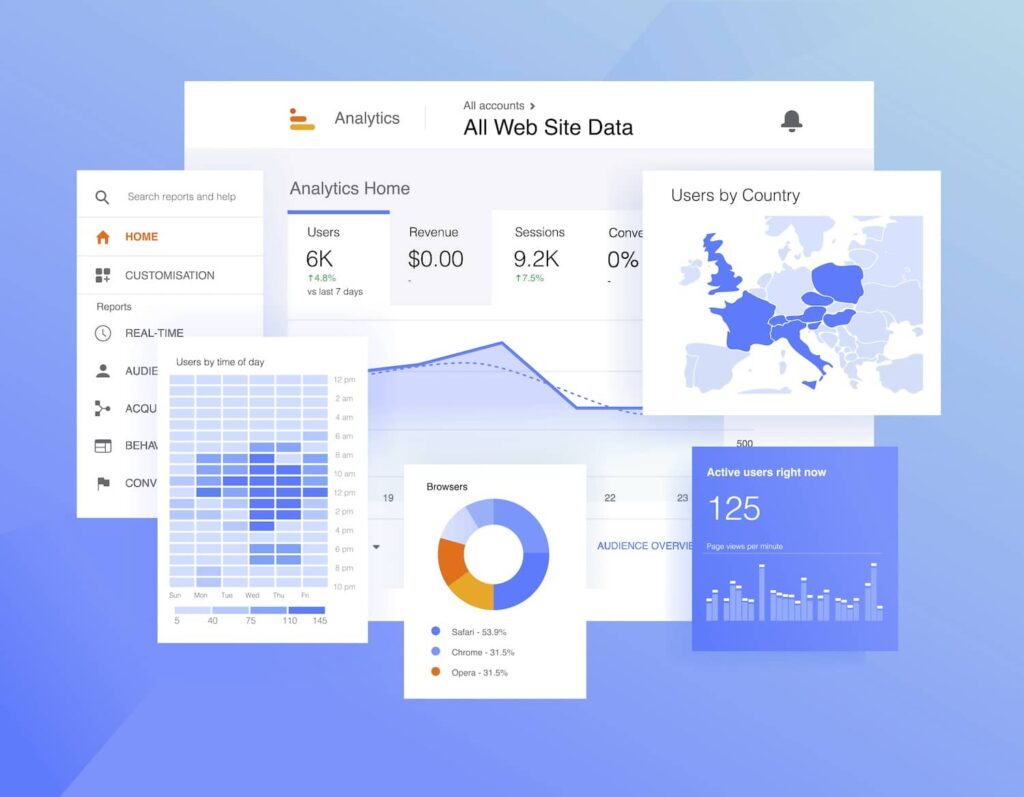Demystifying Secondary Dimensions in Google Analytics: Definition and Practical Applications
Demystifying Secondary Dimensions in Google Analytics: Definition and Practical Applications
Blog Article
Unveiling the Impact of Secondary Measurement in Google Analytics on Information Evaluation and Insights
In the world of information analytics, the utilization of second measurements within Google Analytics has arised as a critical tool for removing much deeper understandings and unraveling facility patterns that may otherwise remain covered. By peeling back the layers of primary data sets, additional dimensions offer a nuanced point of view that improves the understanding of customer actions, internet site efficiency, and the performance of advertising and marketing strategies.
Exploring the Concept of Secondary Measurements
Secondary dimensions in Google Analytics offer extra understandings by permitting customers to examine primary information in combination with a secondary characteristic. By incorporating additional measurements, customers can dive much deeper into the information and discover important relationships that might otherwise go unnoticed - what is a secondary dimension in google analytics.
By checking out the various second dimensions available in Google Analytics, individuals can open new insights and enhance their electronic advertising efforts. In essence, secondary dimensions offer as a powerful tool for boosting information analysis and driving actionable results.
Enhancing Information Analysis With Second Measurements
Having established the fundamental understanding of second dimensions in Google Analytics and their crucial function in data evaluation, the focus now shifts towards leveraging these additional features to enhance the analysis of analytics data (what is a secondary dimension in google analytics). By incorporating secondary dimensions right into information analysis, analysts can gain much deeper understandings into individual behavior, web site efficiency, and marketing effectiveness

Moreover, additional dimensions help in contextualizing primary data metrics by supplying added layers of information. This contextualization aids in comprehending the 'why' behind the information patterns, aiding analysts make educated optimizations and decisions to improve overall efficiency. Inevitably, incorporating additional measurements enriches the information analysis process, leading to even more strategic activities and meaningful insights.
Discovering Hidden Insights With Second Measurements
Exploring the depths of analytics information with second dimensions discloses valuable understandings that would or else continue to be obscured. By integrating second measurements in Google Analytics, services can discover concealed patterns, trends, and connections that offer a more detailed understanding of user actions and website efficiency. These added layers of data allow analysts to dig deeper right into the main dimensions, right here such as web traffic sources or landing web pages, and gain a more nuanced point of view on just how different variables communicate with each various other.
With making use of second measurements, experts can section and contrast information across numerous dimensions, enabling them to identify specific variables that influence individual interaction, conversion prices, and overall success metrics. As an example, by pairing the key measurement of 'tool category' with the secondary measurement of 'age group,' marketers can pinpoint which age demographics choose accessing the site via mobile tools versus desktops. This level of granularity encourages organizations to make data-driven choices and optimize their approaches for much better outcomes. Ultimately, discovering surprise understandings via secondary dimensions improves the deepness and accuracy of data analysis, causing even more educated decision-making and improved efficiency end results.
Leveraging Secondary Dimensions for Actionable Analytics
Building upon the understandings unveiled through secondary dimensions in Google Analytics, services can currently harness this enriched data landscape to drive actionable analytics and strategic decision-making. By leveraging second measurements, organizations can delve deeper right into their information to remove valuable patterns, patterns, and relationships that may have formerly gone unnoticed. This deeper degree of evaluation makes it possible for businesses to get a more comprehensive understanding of user habits, project performance, and overall site effectiveness.
One trick benefit of making use of second dimensions for our website actionable analytics is the ability to segment information based upon certain criteria. This division allows organizations to tailor their approaches and projects to various target market groups, leading to a lot more targeted and effective advertising initiatives - what is a secondary dimension in google analytics. Additionally, additional dimensions give a more holistic sight of user interactions, making it possible for services to optimize their site material, layout, and total user experience
Optimizing Decision-Making With Additional Dimensions
To improve tactical decision-making in analytics, leveraging secondary measurements in Google Analytics can give an extra nuanced perspective on user habits and project efficiency. By integrating secondary measurements into data evaluation, businesses can dive much deeper right into the specifics of their site visitors' interactions and involvement patterns. This added layer of details enables for an extra detailed understanding of how different variables, such as demographics, tools, or website traffic sources, effect key go to website performance indicators.

Verdict
Finally, using additional measurements in Google Analytics plays an essential duty in improving information analysis and uncovering concealed insights. By exploring this principle, one can obtain a much deeper understanding of customer actions and make notified decisions based on workable analytics. Leveraging second dimensions permits an extra detailed analysis of data and takes full advantage of the effectiveness of decision-making procedures.

Report this page